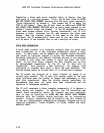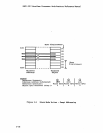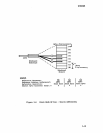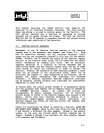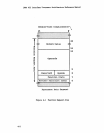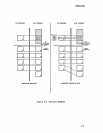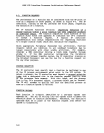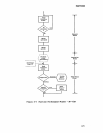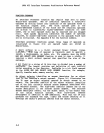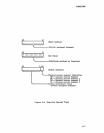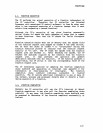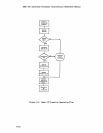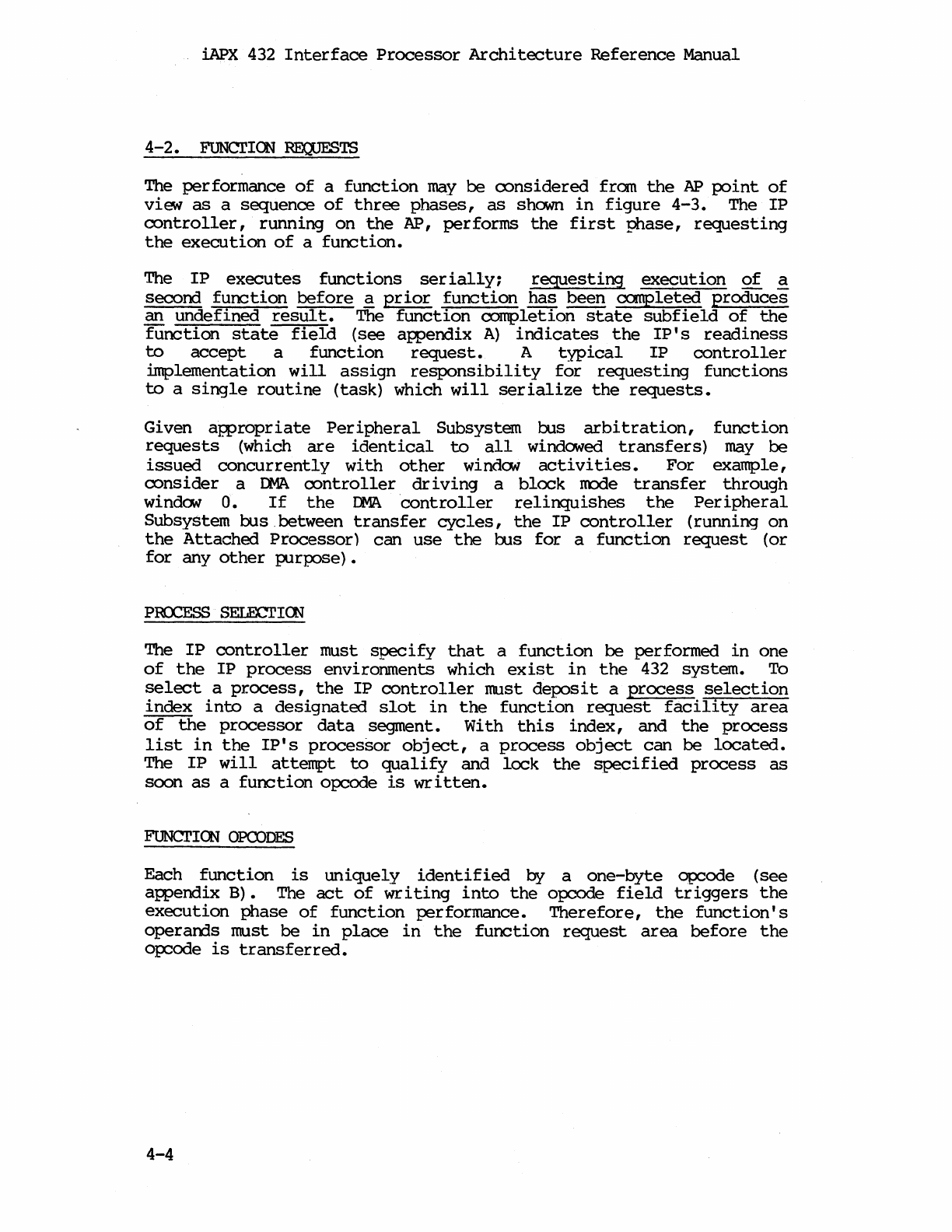
iAPX
432
Interface
Processor
Architecture
Reference
Manual
4-
2.
FUNCrICN
REC.UFSTS
The
performance
of
a
function
may
be
considered
fram
the
AP
point
of
view
as
a
sequence
of
three
phases,
as
shown
in
figure
4-3.
The
IP
controller,
running
on
the
AP,
performs
the
first
phase,
requesting
the
execution
of
a
function.
The
IP
executes
functions
serially;
requesting
execution
of
~
second
function
before
~
prior
function
has
been
completed
produces
an
undefined
result.
The
function
completion
state
subfield
of
the
function
state
field
(see
appendix
A)
indicates
the
IP'
s
readiness
to
accept
a
function
request.
A
typical
IP
controller
implementation
will
assign
responsibility
for
requesting
functions
to
a
single
routine
(task)
which
will
serialize
the
requests.
Given
appropriate
Peripheral
Subsystem bus
arbitration,
function
requests
(which
are
identical
to
all
windowed
transfers)
may
be
issued
concurrently
with
other
window
activities.
For
example,
consider
a
IJ.1A
controller
driving
a
block
rrode
transfer
through
window
O.
If
the
IJ.1A
controller
relinquishes
the
Peripheral
Subsystem
bus
. between
transfer
cycles,
the
IP
controller
(running
on
the
Attached
Processor)
can
use
the
rus
for
a
function
request
(or
for
any
other
purpose).
PROCESS
SELECI'ICN
The
IP
controller
must
specify
that
a
function
be
performed
in
one
of
the
IP
process
environments
which
exist
in
the
432
system.
To
select
a
process,
the
IP
controller
must
deposit
a
process
selection
index
into
a
designated
slot
in
the
function
request
facility
area
of
the
processor
data
segment.
Wi
th
this
index,
and
the
process
list
in
the
IP's
processor
object,
a
process
object
can
be
located.
The
IP
will
attempt
to
qualify
and
lock
the
specified
process
as
soon
as
a
function
opcode
is
written.
FUNCrICN
OPCODES
Each
function
is
uniquely
identified
by
a
one-byte
opcode
(see
appendix
B).
The
act
of
writing
into
the
opcode
field
triggers
the
execution
phase
of
function
performance.
Therefore,
the
function's
operarrls
must
be
in
place
in
the
function
request
area
before
the
o~ode
is
transferred.
4-4



